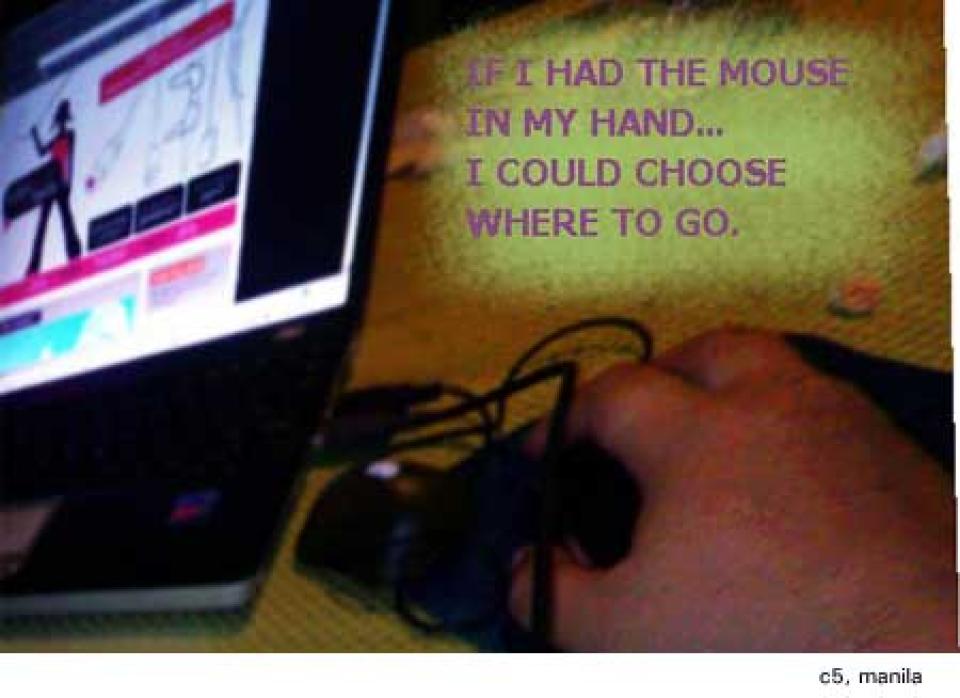
Download the report under ‘Attachment’ below. You will also find details about publisher and the year of publication.
Descarga el informe de síntesis: Voces desde espacios digitales: violencia contra las mujeres relacionada con la tecnología disponible en español
Read also the executive summary of the paper.
“It’s like I’m getting raped every day”, said a victim/survivor of rape in Malaysia, after a new round of intimate photos of her were posted online.
The complex relationship between violence against women (VAW) and information and communication technologies (ICTs) is a critical area of engagement for women’s rights activists. ICTs can be used as a tool to stop VAW, while VAW can be facilitated through the use of ICTS. However, few women’s rights activists are working actively on this issue. Consequently, a political and legal framing of the intersection between these issues is not established in most countries.
The purpose of this paper is to assist women’s rights groups working to end VAW understand some of the implications of the intersection between these violations and ICTs. It also aims to encourage these groups and other key actors to invest in policy-making processes and advocacy work in this area. This paper aims to inform about and assist anti-VAW organisations in incorporating ICTs in their current work and to stimulate action-oriented policy dialogues to address these new forms of violence against women and girls.
The paper draws on the experiences and findings gathered in twelve national reports produced under the MDG3: Take Back the Tech! project implemented by APC WNSP between 2009 and 2011 and financed by the MDG3 Fund of the Dutch government. These reports map the current state of affairs on ICTs and violence against women and girls in South Africa, Uganda, the Republic of Congo, the Democratic Republic of Congo, Pakistan, Cambodia, Malaysia, Philippines, Argentina, Colombia, Mexico, and Brazil, including critical issues, key stakeholders and best practices in the use of ICTs to combat violence.
Intended users and uses of this paper
The primary audience of this paper is women’s rights organisations working on policy issues linked to VAW. Other audiences are policy-makers working on VAW and/or ICT issues, and communications rights advocates.
The main focus of this paper is to:
• Name and define the forms of violence perpetuated against women and girls through the internet and mobile phones
• Advocate for the better formulation and implementation of rights-based policies and laws that protect women’s rights and recognise, prevent and redress technology-related VAW.
Methodology
The paper “Voices from digital spaces: Technology related violence against women” builds primarily on evidence collected through focus group discussions, interviews, email exchange, and national consultations with the MDG3: Take Back the Tech! partners and with regional coordinators of APC WNSP between December of 2010 and May of 2011. The research provides sufficient data to map key trends and showcase that technology related VAW is on the increase and that women around the world are experiencing similar kinds of violations and harms. However, the absence of systematised data prevents us from comprehensively dealing with all manifestations and aspects of technology related VAW.
Other sources used for the writing of this paper are international documents, conventions and treaties, and research studies and writings in the area of VAW, women’s rights, sexual rights and ICTs as part of the continuum of APC WNSP work.
Scope
The first part of the paper, Setting the scene, defines the key concepts and terms used. It also contextualises gender equality and women’s rights with a focus on the 12 MDG3: Take Back the Tech! countries. The chapter then outlines how ICT connects to VAW and assesses the impacts of technology related VAW.
The second part of the paper, Sexual violence and unauthorised distribution of intimate images of women, unpacks one example of technology related VAW. It also looks at specific measures adopted by policy-makers and other actors to recognise, redress and prevent this type of VAW.
Finally, the paper presents a set of recommendations on how to address the challenges and gaps identified to stop technology related VAW.
—-
Table of Contents
Part I: Setting the scene
1. Introduction…………………………………………………………………………………………………….7
2. Gender and ICT context…………………………………………………………………………………….15
2.1 Gender inequality, women’s rights and violence against women ………………………………15
2.2 Women and ICTs ……………………………………………………………………………………….17
3. How do ICTs connect to VAW?………………………………………………………………………………20
3.1 Manifestations of violence against women in digital world………………………………………21
3.2 What is new and different about this type of VAW?………………………………………………26
3.3 Which rights of victims/survivors are being violated? ……………………………………………28
3.4 Notions of harm and other consequences of the technology-related VAW…………………….30
3.5 How ICT policy and legal frameworks respond to VAW…………………………………………..32
Part II: Case study – Sexual violence and unauthorised distribution of intimate images of women
4. Naming and unpacking specific settings and manifestations ………………………………………..35
4.1 Where and how violence takes place?………………………………………………………………35
4.1.1 Recordings of images……………………………………………………………………………36
4.1.2 Distribution and abusive usage of personal images………………………………………..36
5. Access to justice……………………………………………………………………………………………..38
5.1 Child pornography laws………………………………………………………………………………..39
5.2 Privacy protection laws………………………………………………………………………………..41
5.2.1 Privacy Protection Act Malaysia ……………………………………………………………….42
5.2.2 Anti-Photo and Video Voyeurism Act Philippines…………………………………………….44
5.3 Anti-violence against women laws ………………………………………………………………….48
Part III: Conclusions and recommendations
6. Key messages for policy-makers, ICT intermediaries, media, ICT users, and organisations
working on VAW…………………………………………………………………………………………………51
6.1 Introduction…………………………………………………………………………………………………51
6.2 Holistic laws and policies on ICT related VAW ……………………………………………………52
6.3 Advocacy to ensure women’s participation ………………………………………………………..53
6.4 Evidence building: Collecting data on ICT related violence against women …………………53
6.6 Media literacy and empowering women users……………………………………………………..57
6.7 The role of mass media………………………………………………………………………………..58
6.8 Support for victim/survivors of violence …………………………………………………………..59
APC-201111-WNSP-R-EN-PDF-123
ISBN: 978-92-95096-32-5
Year of publication
- 24374 views






Add new comment